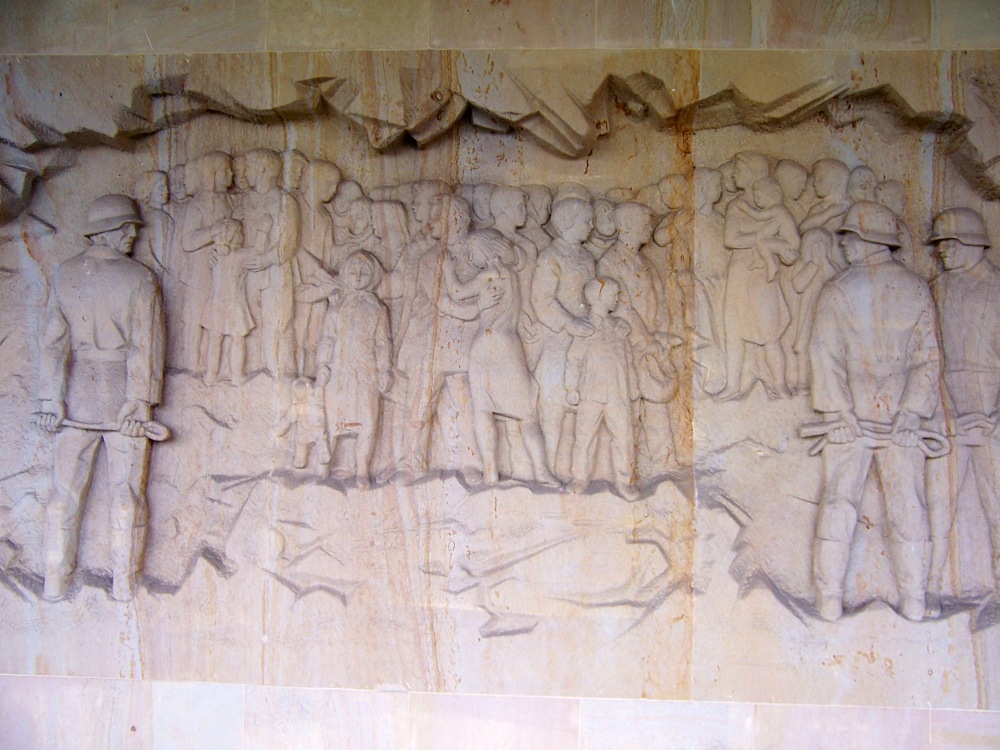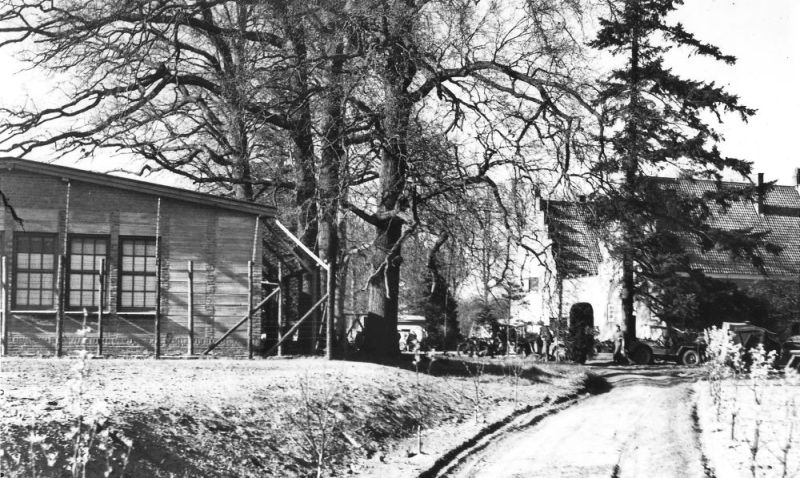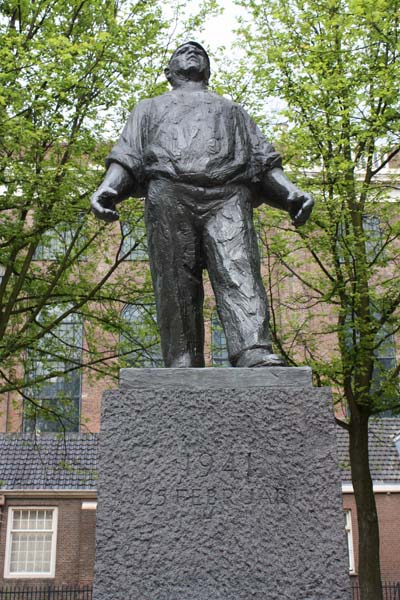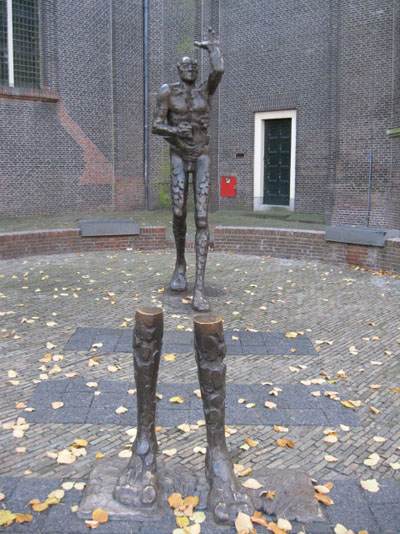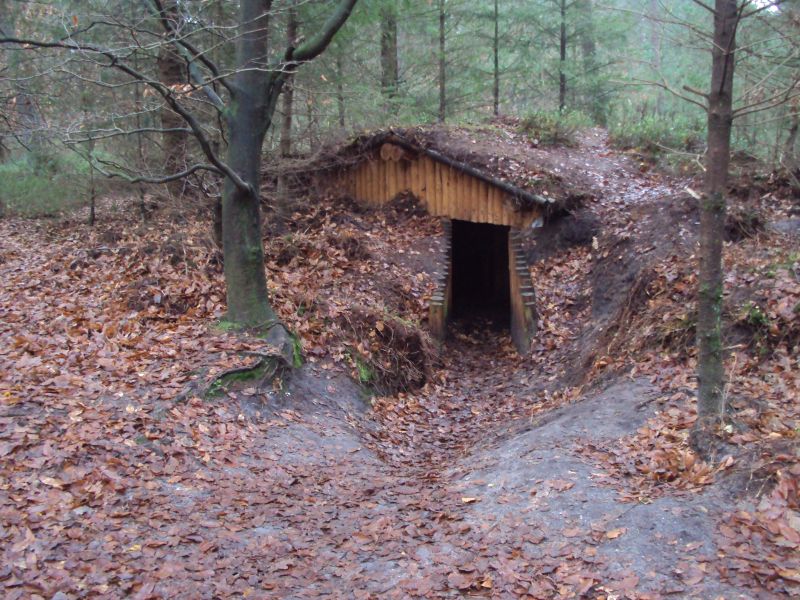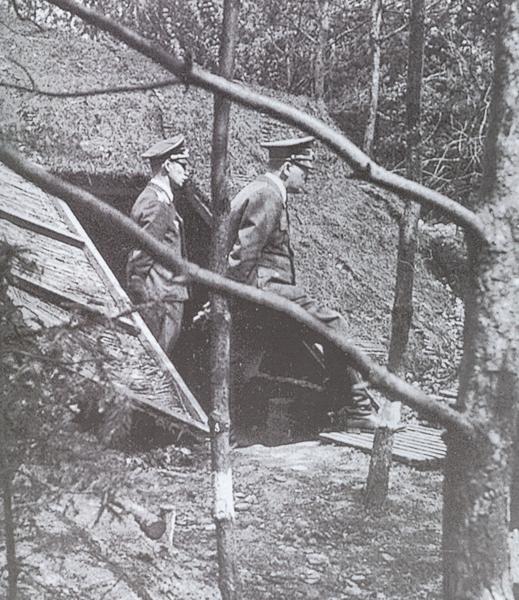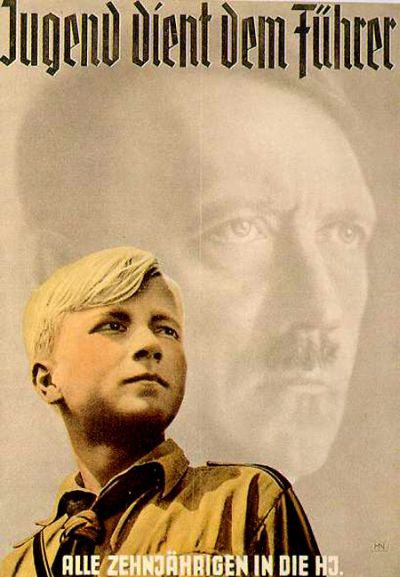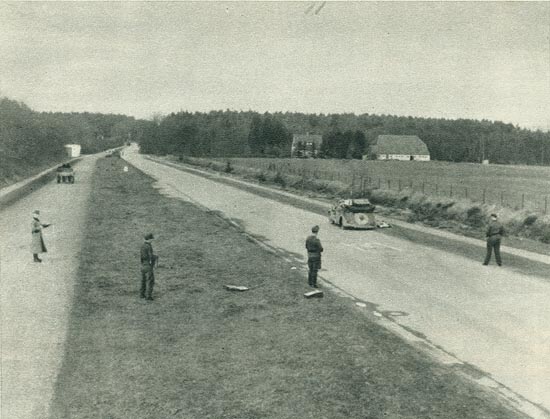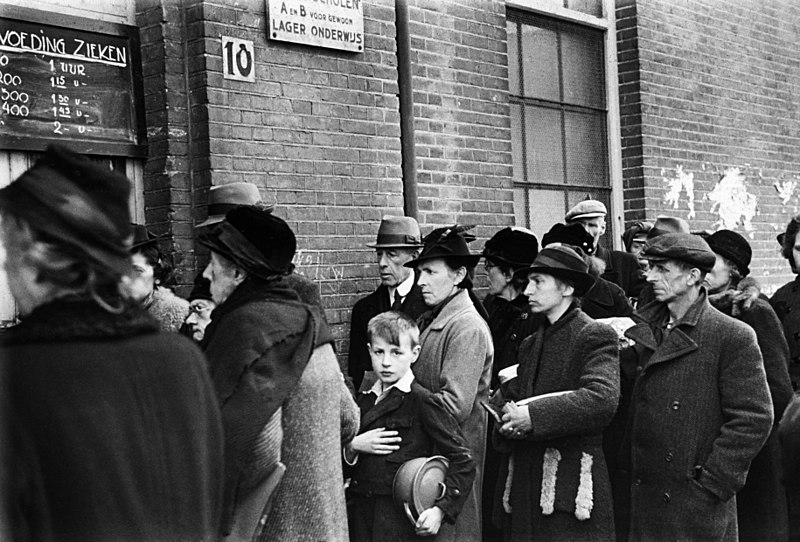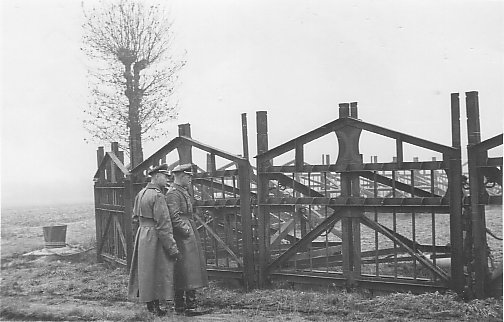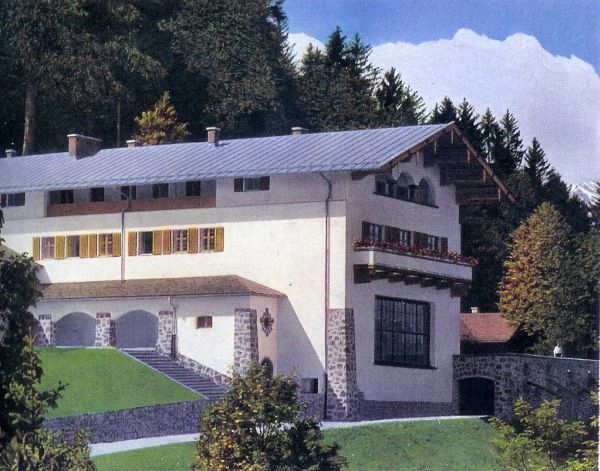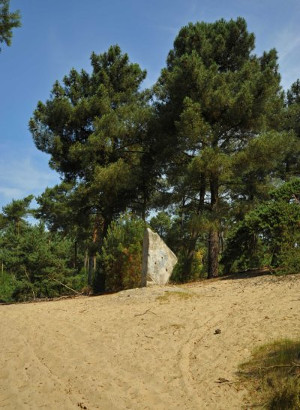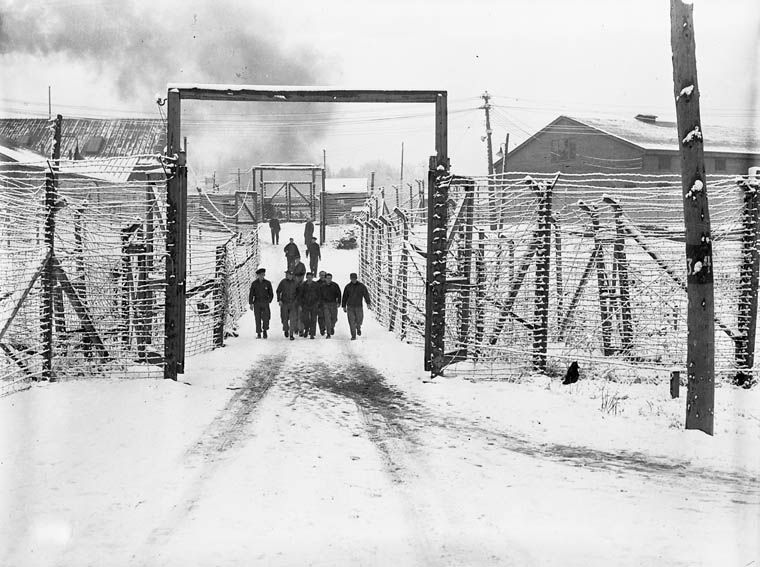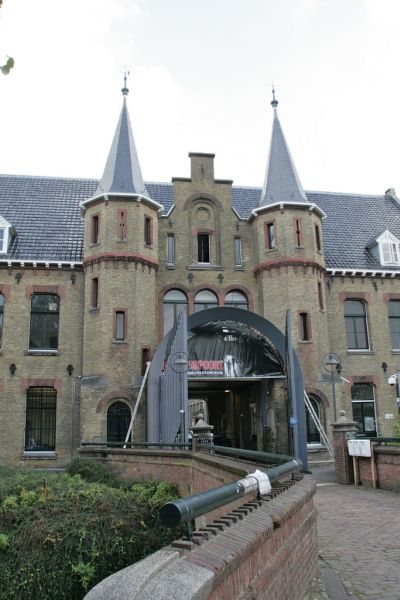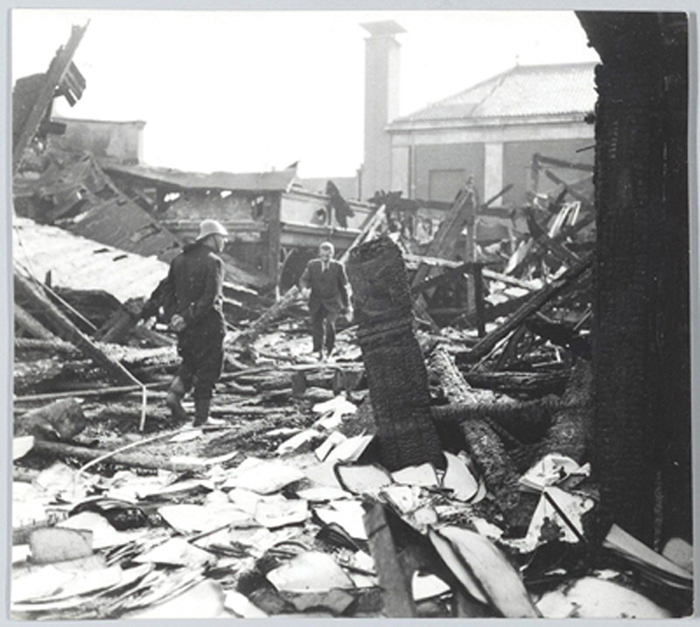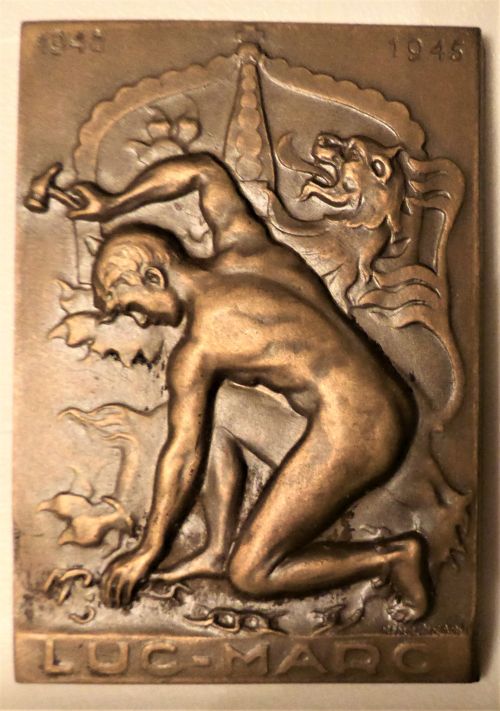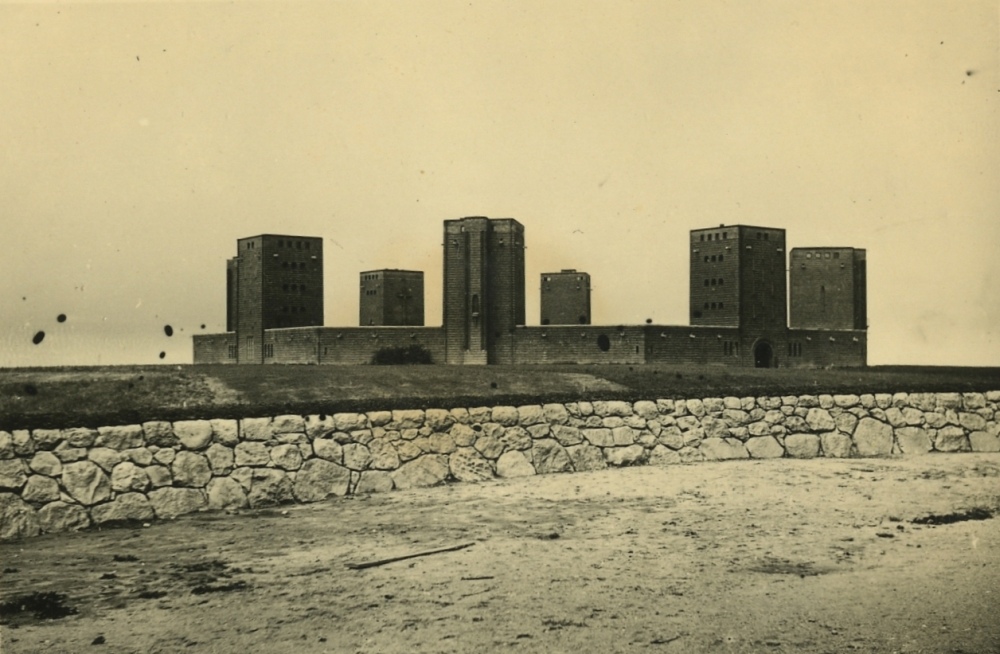Articles
- Article by Gerd Van der Auwera
- Published on April 12th, 2013
Attack on the XXth Convoy
The deportation of Belgian Jews began in the summer of 1942. A transit camp was set up in Mechelen, a city that lies between Brussels and Antwerp, the two cities with the highest Jewish populations. Mechelen already had a military base which led to the creation of the Mechelen Transit Camp (SS-Sammellager Mechelen) The Dossinkazerne, as it was referred to by the local population, was the centre of the deportation of Belgian Jews to the concentration camps. Here they were gathered and put on trains to the east. More than 25,267 Jews were deported.
- Article by Robert Mueller
- Published on June 27th, 2019
Czech resistance and the assassination of Reinhard Heydrich
Starting at dawn on June 10, 1942, shots rang out over the emptied village of Lidice, Czechoslovakia as groups of ten inhabitants were taken from a farm building cellar into an orchard and executed by Nazi firing squad. The process continued all day with short breaks for the executioners to buck up their courage with schnapps. The entire male population of the village was eliminated. Innocent Lidice was paying the butcher’s bill for the assassination of the Third Reich’s third most powerful man – SS-Obergruppenführer Reinhard Heydrich.
- Article by Jochem Botman
- Published on June 20th, 2018
Estate The Oxerhof in Deventer
During the Second World War, estate ‘De Oxerhof’ in Deventer served as a residential building, spy education center and concentration camp. Originally it was a castle and around 1862 it was rebuilt as a modern country house, commissioned by the Van Doorninck family. In 1931 the estate was opened for the public. Families could enter the domains for 25 cents (annual rate).
- Article by Henk van der Molen
- Published on June 15th, 2013
February strike, February 25th and 26th, 1941
February 25th, 2011 marked the seventy year anniversary of ten thousands of people from Amsterdam stopping work and going out into the streets to demonstrate against the German occupier after 427 young Jewish men were rounded up in razzias and taken to a concentration camp a few days before.
- Article by Pieter Schlebaum
- Published on April 25th, 2013
Geuzen Resistance
After the capitulation in May 1940, the major part of the Dutch population made sure the usual way of life took place, which required two things: for the economy to keep running and for the German control to remain limited. This required a good cooperation with the occupier so that they would see no reason to interfere more intensively in the Dutch government and economy. Resistance would only mean throwing away their influence on the course of the occupation. All Dutch authorities, including the fled cabinet, initially asked the population to obey the occupier, avoid resistance and get back to daily life. The major part of the population did. Still, there was resistance, despite the authorities appeal. There were people who turned away from the German occupiers from the start and tried to work against them. The resistance group 'De Geuzen' (The Beggars) was immediately founded on May 14th, 1940 in Vlaardingen. This was the first resistance group of the Netherlands.
- Article by Margriet Driessen
- Published on March 13th, 2014
Hidden Village of Vierhouten
The Hidden Village was founded at the beginning of 1943 on the Pas-op-weg (road) at Vierhouten on the North-Veluwe area (in the Netherlands) by the resistance worker Edouard von Baumhauer.
- Article by Sjoerd de Boer
- Published on September 14th, 2013
Hitler during the German invasion of Western Europe
In the afternoon of May 9th, 1940, Hitler’s Sonderzug [special train] left the railway station Finkenkrug in Berlin. Almost none of the passengers had been informed about the destination of this trip; for some of them it was just about a Whitsundays’ outing. But it concerned nothing of the sort. The trip which had been indicated to be a visit to the German troops in Denmark and Norway, took an interesting turn when, past Hamburg, the train headed west. From that moment onwards there was no more doubt about the purpose of the trip. Then, after adjutant Nicolaus von Below passed on the latest weather forecasts, Hitler announced that the attack on the West was definitive; it was clear: It would take only another few hours before France, The Netherlands and Belgium were going to be invaded by the German army.
- Article by Bob Erinkveld
- Published on August 4th, 2016
Hitler Youth
"You, my youth, are the most valuable guarantee for the future of our nation and you are predestined to become the leaders of a glorious National socialist society. Never forget this: One day you will dominate the world"
- Article by René ten Dam
- Published on September 26th, 2012
Inadvertent attack on Rauter at Woeste Hoeve
In the fall of 1944, the failure of Operation Market Garden resulted in a flood of evacuees from the area around Arnhem. The Allies were looking for a passage across the Rhine and in the spring of 1945 a new attempt was planned. The population of Arnhem and surroundings were, for a major part, looked after in Apeldoorn, where the huge stream of refugees caused a shortage of food.
- Article by Joshua Rijsdam
- Published on April 2nd, 2020
Last month of war in the Netherlands
The last month of war was a difficult time for Western-Netherlands. Writers of diaries from the four cities were already dealing with food shortages which were increasing every week. People were dependent on soup kitchens and on the Swedish and Swiss Red Cross which offered some help with bread and margarine supplies. Other than that, Western Netherlands was on its own. In addition, the course of the war played a significant role in the daily lives of the people.
- Article by Gerd Van der Auwera
- Published on August 25th, 2013
Leopold III as commander-in-chief
The view on Leopold III through French glasses
- Article by Sjoerd de Boer
- Published on May 29th, 2016
Obersalzberg: resort or Alpine fortress
When on 25 April,1945 more than 300 airplanes bombed the Obersalzberg in German Bavaria, the idyllic country resort of Adolf Hitler was finally history. Five days before committing suicide, this last refuge from the bunker in Berlin was closed. But why did the allies bomb the retreat so late in the war? Were they afraid that Hitler would retreat towards the villa at the last moment?
- Article by David Izelaar
- Published on May 9th, 2019
Partisans of Baarlo
Nowadays, a discussion is going on whether or not the Dutch attitude towards their German occupiers during the Second World War had been lax. In this discussion, however, we must not forget how much courage it took to rebel, especially as part of the armed, or unarmed, resistance. There were high prices to pay for these acts of rebellion, and it has cost many Dutch people their lives.
- Article by Jacob Benoit
- Published on October 25th, 2020
Prisoners of War in Canada during World War II
While more than 35,000 German and Italian prisoners were kept far away from the war in prison camps, many other thousands of innocent civilians were forced to leave their houses to go live in internment camps. In 1942, more than 20,000 Japanese Canadians were transferred to these camps, and about the same number of German Canadians. These internments were to reduce the risk and fear of enemy spies or members of the Fifth Column.
- Article by Wesley Dankers
- Published on March 12th, 2013
Raid on House of Detention in Leeuwarden
During the occupation of the Netherlands, resistance groups made several attempts to free comrades arrested by the Germans. Raids like these were very risky. The prisons were kept under close watch by the Germans; because of this it was very difficult to gain entrance. In 1944 in Amsterdam, for example, several attempts were made to raid the House of Detention on the Weteringschans. None of them were successful and that (indirectly) meant the death of a number of prominent resistance fighters, among them Gerrit Jan van der Veen and Johannes Post.
- Article by Pieter Schlebaum
- Published on September 1st, 2019
Raid on the Population Registry of Amsterdam
The population register and identity cards were an important means of control for the German occupier. Gradually, opposition to this system developed. Forgeries of these documents were booming. Another possibility for resistance was the elimination of the population registers. On Saturday night, 27 March 1943, a resistance group which had developed around the visual artist Willem Arondéus carried out a raid on the office of the population register of Amsterdam. The effect however was less than had been hoped. In addition, 12 people were executed by the occupying forces for their complicity in the attack.
- Article by Gerd Van der Auwera
- Published on January 20th, 2013
Resistance in Belgium in World War Two
In the thirties of the 20th century Central Europa came increasingly under influence of Germany. The Anschluss was realized and also the Sudetenland was annexed. The other powers in Europe let Germany get away with this. This however didn’t happen when Germany invaded Poland on September 1st 1939. Two days later France and Great Britain declared war on Germany. World War Two had started. Belgium also was involved: on May 10th 1940 Belgium’s neutrality was violated. The Belgian army wasn’t a match against the German onslaught and received one hammer blow after the other. After an 18 day campaign the Belgian king Leopold decided to lay down arms.
- Article by Maurice Laarman
- Published on April 27th, 2019
Tannenberg Memorial
Part of a nation’s identity exists of a shared history. How people regard this subject varies per generation. Monuments express the zeitgeist, built to commemorate historical events, and symbolize the past and national identity.

